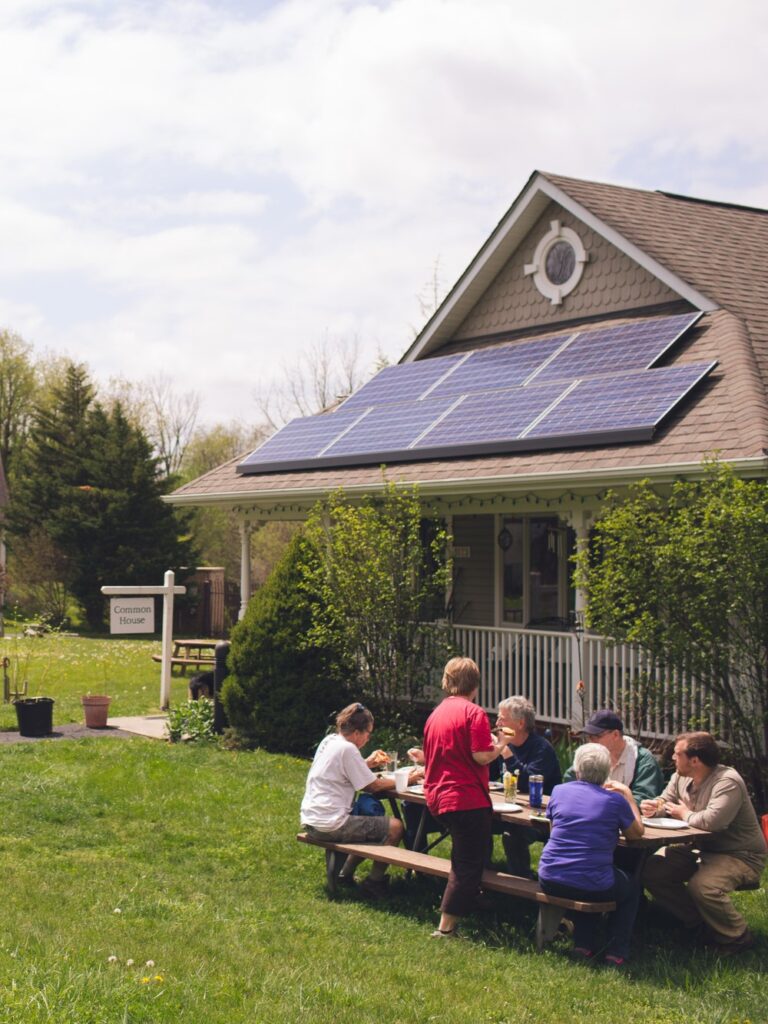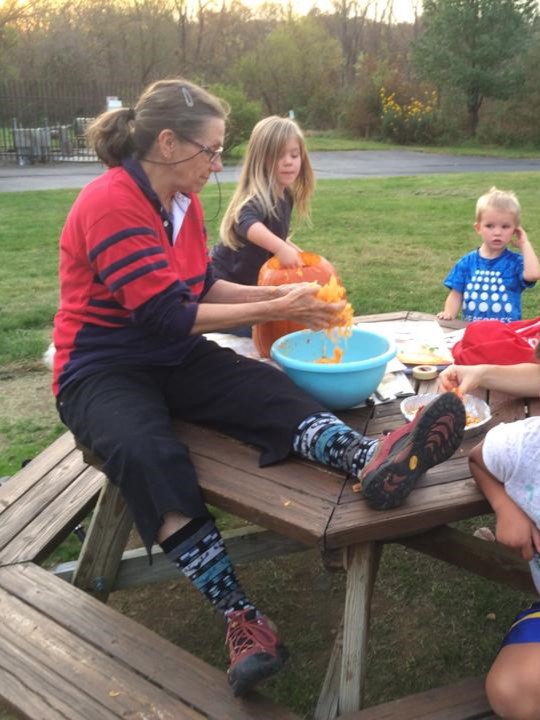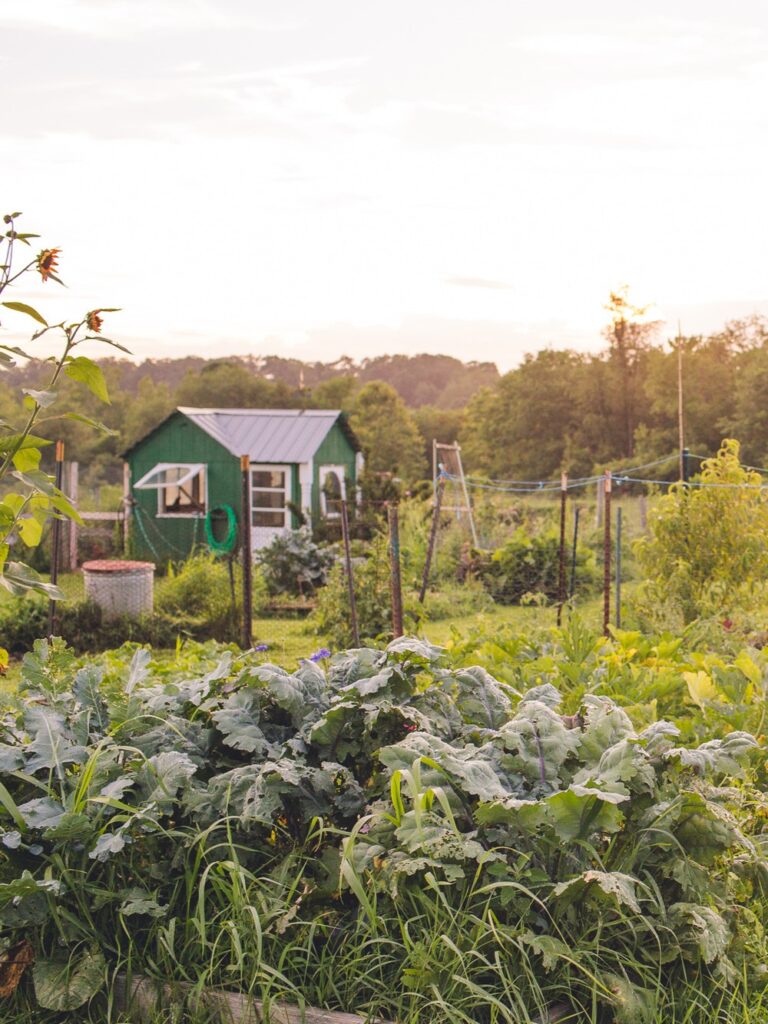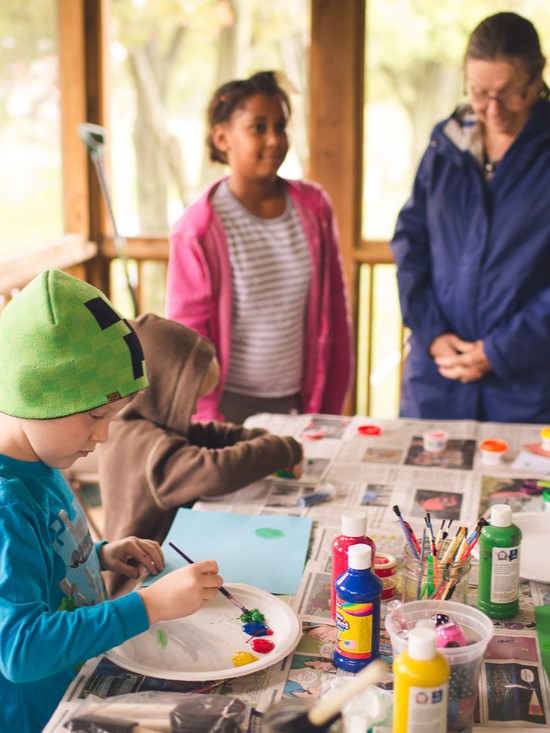What is Cohousing?
Cohousing?
Here’s the deal: the word “cohousing” is a 20th century coinage, but the practice of a small village embraces and renews the traditional lifestyle familiar to most of human history. Isolated castles amid suburban sprawl are a recent phenomenon. A close-knit, friendly, sharing neighborhood begins with infrastructure that fosters walkability and interaction.
Cohousing features private home ownership within an abundance of common resources. At Liberty Village, the common area includes the Common House, kitchen gardens, hiking trails, meadows, woodlands, marshland, chickens and multiple outdoor meeting places and retreat nooks.
The bottom line: a cohousing community is owned and designed by the owners and renters of private homes who are responsible for its ongoing management.
Common House
In cohousing communities, private self-sufficient homes are clustered around a “common house” with shared facilities. Our Common House hosts 5-6 common meals per month, general and team meetings, birthday parties, coffee klatches, TV watching and countless other scheduled and impromptu gatherings. This building is rented from a resident on an interim basis until more homes are built and the neighborhood outgrows it. The future Common House will carry on those wonderful traditions and more, as a larger structure a few hundred feet from the existing one. It will be a vision realized by villagers old and new.


Community Meals
A central feature of creating community in cohousing is “breaking bread” together.
At Liberty Village, our common meals include breakfasts and dinners on a variety of days, prepared by a scheduled team of 4-5 people. Our “KISS meals” (Keep it Simple, Silly!) typically include 20-30 neighbors. It is a joy to stroll over to the Common House after a long day at work, grab a glass of wine and a full plate and relax with friends, without having to clean up. And when it’s your turn to host, you collaborate with your team in our well-stocked kitchen with ample time to feast with everyone else. (And then you get to clean up, but that is a rather streamlined process). Come see for yourself at our next meal –we’re used to hosting visitors!
Shared Resources
In addition to the obvious social advantages of living near friends, residents have more free time because many of the routine activities of life can be shared such as dinners, gardens and yard work. Common resources at Liberty Village include the above ground pool we set up each summer, a playground, basketball court, several hand carts for toting groceries and such from the parking lot to your home, a large picnic area outside the Common House, fire pit area in the center of the walkable streets, the Chicken Palace, the Little Free Library, various lawn and snow removal machines and several tool and garden sheds and too many other little things to remember, like the big propane grill outside the Common House!


Decisions Made by Consensus
At the heart of building community is the group’s decision making process. Majority voting seems to be a simple way to make a decision, but creates a frustrated minority and may divide a community.
At Liberty Village we use the consensus model of decision making. Consensus is a creative way of coming to a decision based on the commonly held principles of the group. It requires listening to others concerns and ideas and aligning on a decision that is acceptable to all. It is based on trust, respect and unity of purpose. Implementation is much easier as the whole group has agreed to the decision.
The root word of consensus is consent, which means to give permission to. Full consent does not mean that everyone must be completely satisfied with the final outcome.
The decision must be acceptable enough, however, that all members give permission to the group to further the proposal. Full group satisfaction is ideal, but rare. The goal is to put aside self-interest for the common good.
Outline of the Consensus Process
Introduction of the process by a member of the team that is presenting the proposal.
Clarification to seek better understanding of the proposal.
Requests for additional information.
Requests for objections or concerns regarding the proposal.
Discussion of concerns.
Generation of new ideas to resolve the concerns.
If unable to resolve the concerns the proposal may be sent back to the team for revision.
If concerns are resolved, there is a call for consensus.
Advantages
- Everyone is part of the decision which creates buy-in from all.
- Thorough discussion uncovers novel solutions that would not occur in a simple vote.
Disadvantages
- May seem time-consuming although implementation is easier.
- A disgruntled person, not acting in the best interest of the group, can block a decision. (The group can then override a block made for personal issues, not the community values.)
Conflict and Consensus
In the consensus process, healthy conflict occurs. Conflict is an important element and spurs people on to clearer thinking, better understanding and greater creativity. Although consensus groups may experience intense and heated disagreement, they dialogue within a rubric of cooperation to meet everyone’s needs.
Requirements for Consensus
- Members who come to a discussion committed to discovering what is best for the group.
- Active participation.
- Respect for the contribution of every member.
- Comfort level to speak one’s mind without fear of judgment or personal attacks.
Group Conditions that Support Consensus:
- Unity of purpose
- Equal access to power for all members
- Autonomy of the group from external hierarchical structures
- Time
- A willingness in the group to attend to process
- A willingness in the group to attend to attitudes
- A willingness in the group to learn skills for meeting participation, facilitation and communication
- Knowledge that consensus is a never-ending process
Alternatives to agreement in the consensus process
Standing aside
A member does not personally agree with the decision, they are willing to let the group make the decision. The member may stand aside but accepts and is still bound by the decision.
Blocking a decision
“Playing the Red Card” signals an unwillingness to let the group proceed based on unique wisdom or experience that the proposal is detrimental to the best interests of the group. Blocking stops the issue from going forward and forces the group to reexamine it in a new light.
